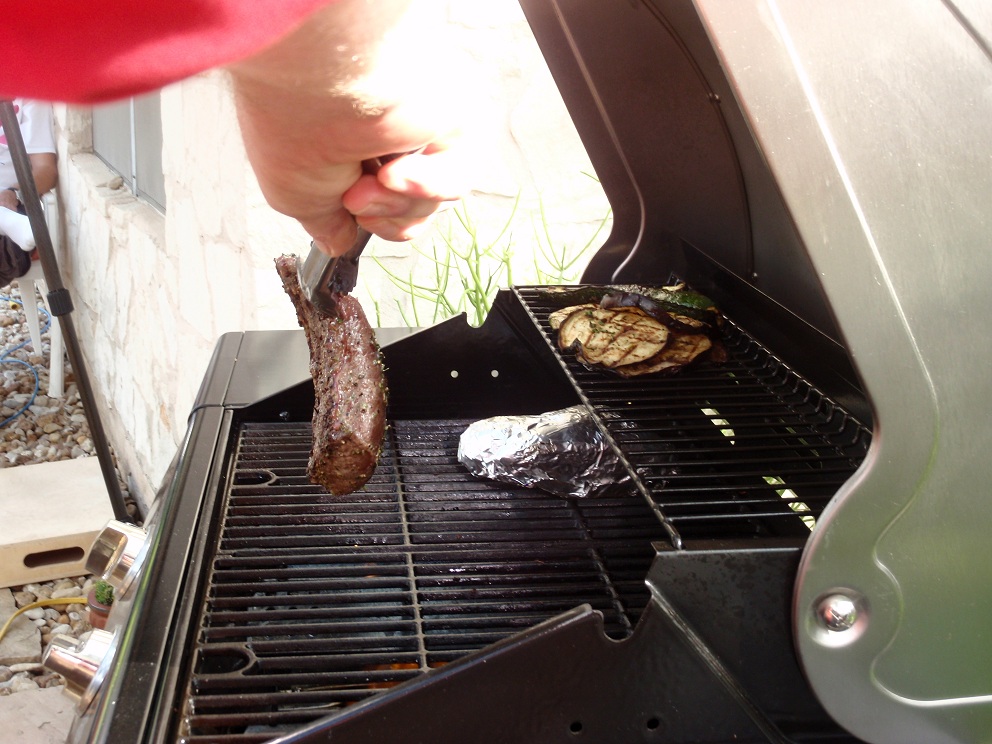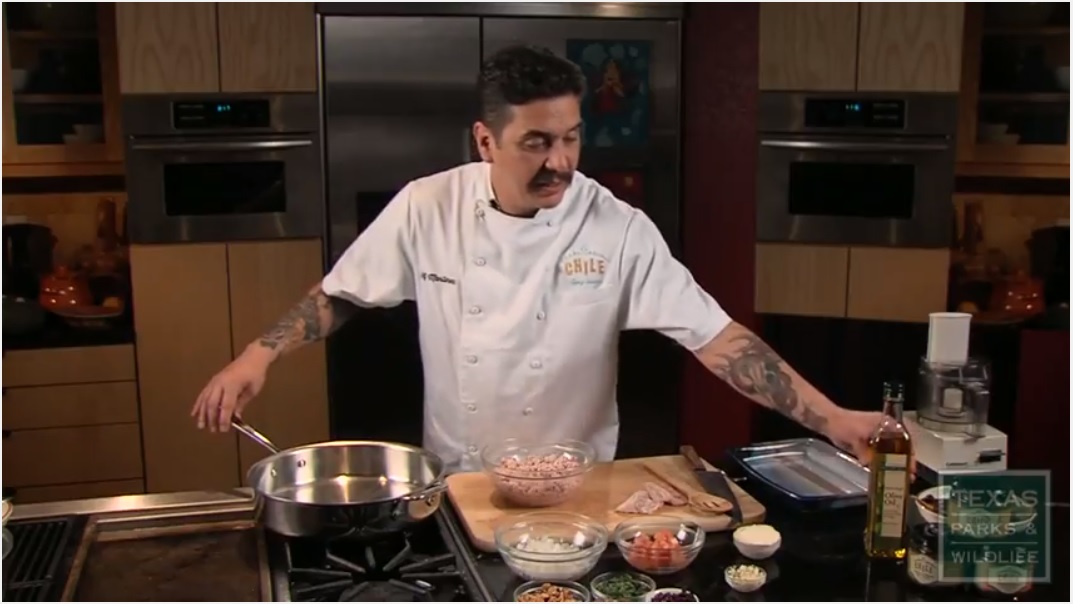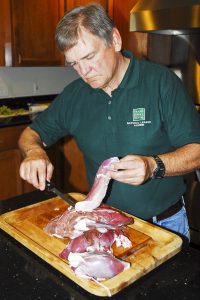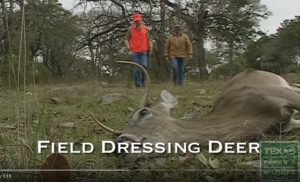Food Week: Chef and Hunter Jesse Griffiths
Wednesday, November 21st, 2018This is Passport to Texas Food Week
We have a culture of hunting game, but when it comes to eating it, a lot of people pass. Their reason: too gamey.
Jesse Griffiths is a hunter, angler, chef and author. He eats everything he kills. While game has unique flavor, he says it is crave-worthy when prepared properly.
He chronicled a year of hunting, fishing and cooking in Afield: a Chef’s Guide to Preparing and Cooking Wild Game and Fish.
We just tried to present this book that was a guide to getting more out of fish and game for people. We wanted it to be a field manual, a recipe guide. And we put step-by-step photos and descriptions of how to break everything down from a crab to a deer. Just to teach people who are new to it, or maybe even more experienced with it how to utilize these animals more.
Jesse told me he wrote the recipes in Afield to be simple, recognizable and accessible.
There’s a lot of tacos in there, and there’s a lot of things like pot pies. Squirrel and dumplings. Things like that. Very accessible. I just wanted people to see food that was recognizable and translate that into game, and then that way encourage people to have the confidence to get out there and do this themselves.
Find Jesse Griffiths recipe for Grilled Venison Loin with Herbs and Horseradish Cream on the Texas Parks and Wildlife website.
For Texas Parks and Wildlife…I’m Cecilia Nasti.






 Passport to Texas is a
Passport to Texas is a  Passport to Texas is made available by:
Passport to Texas is made available by: